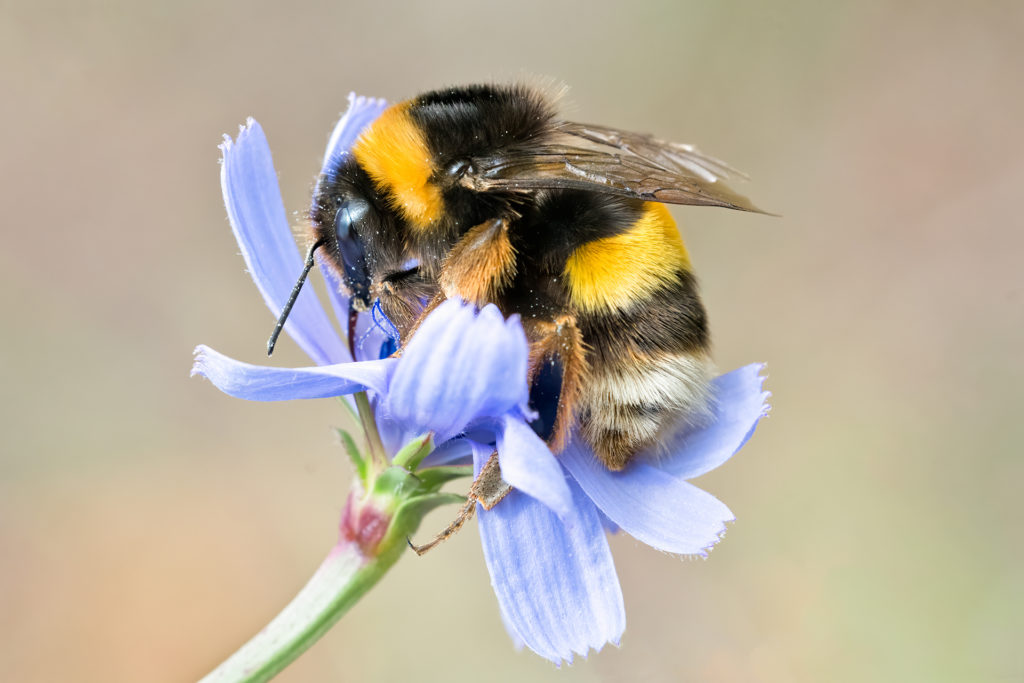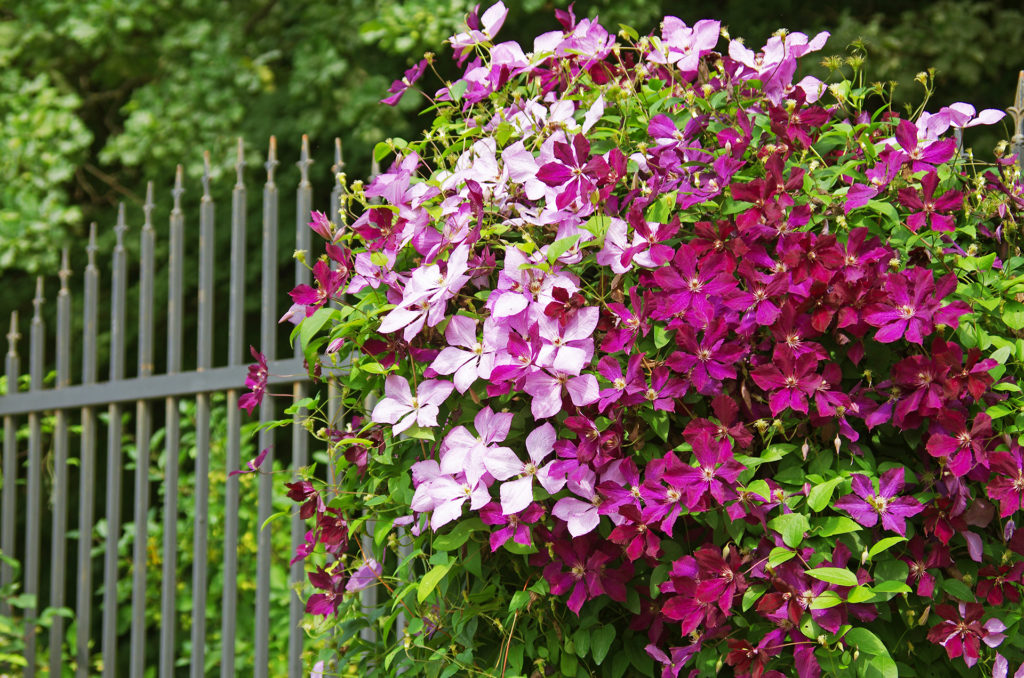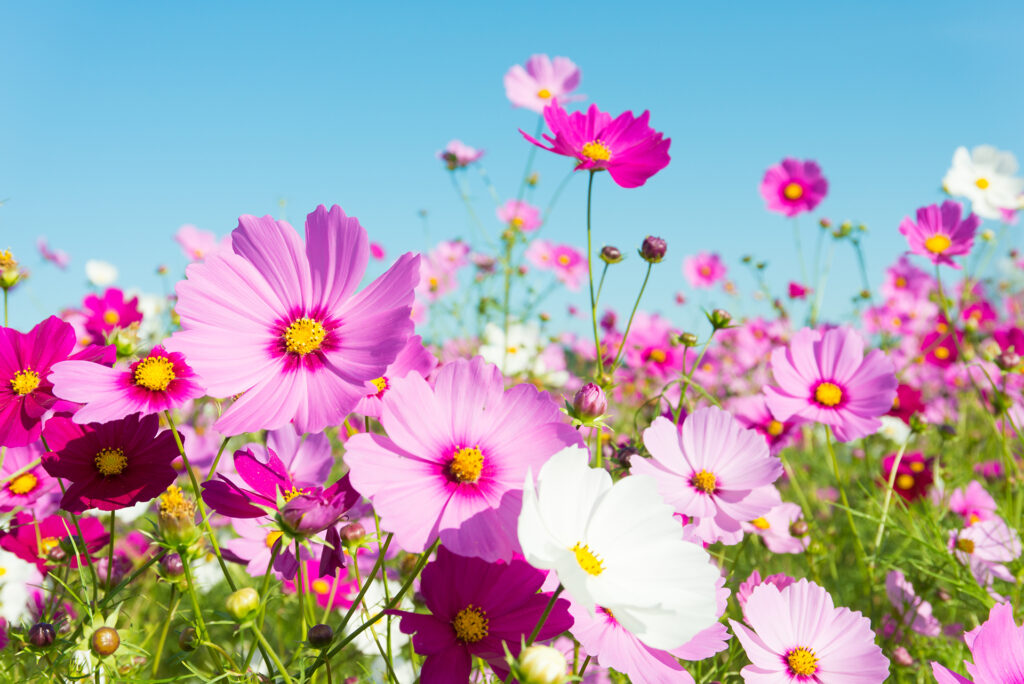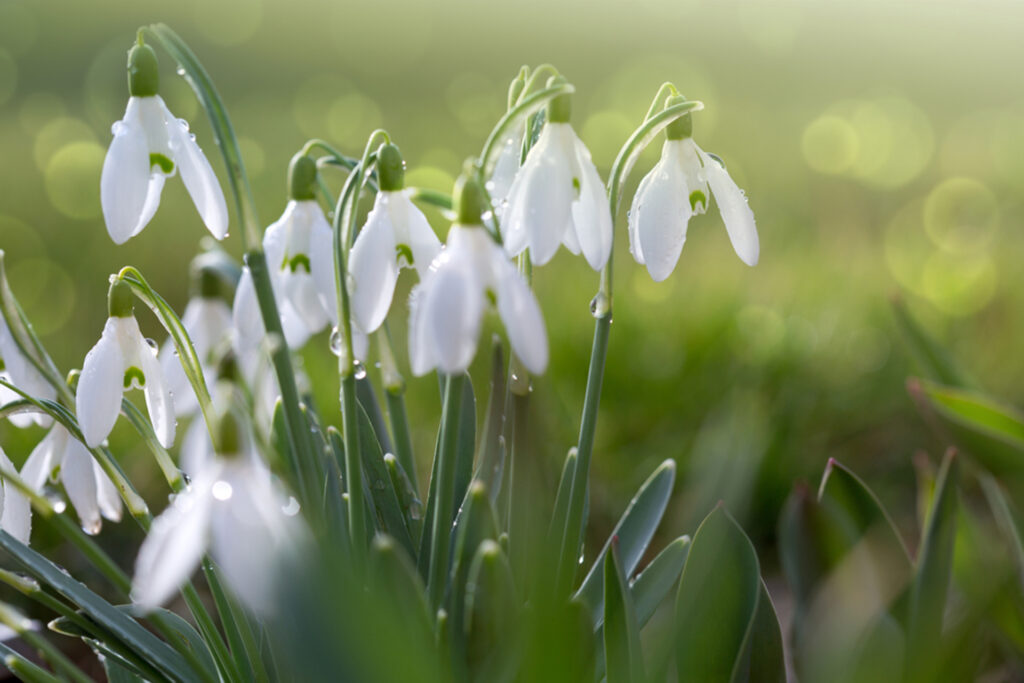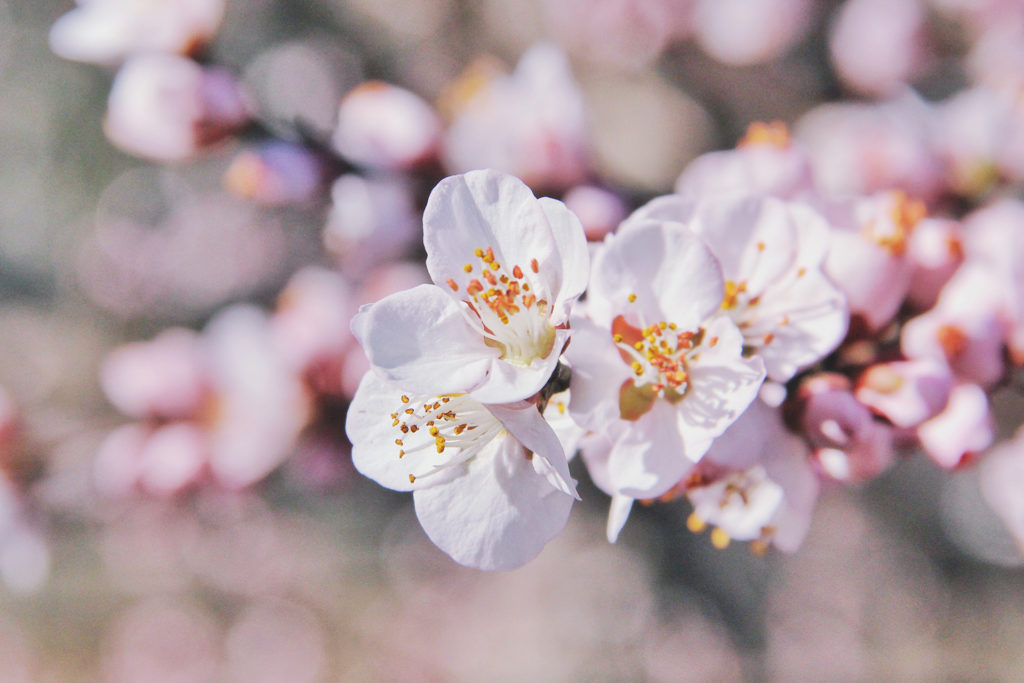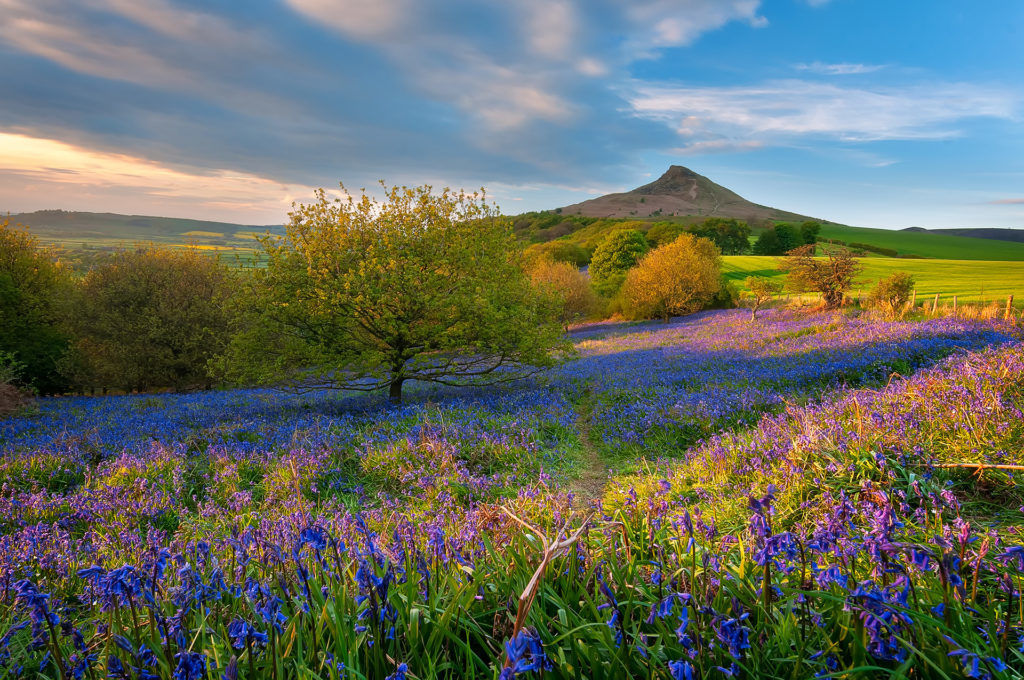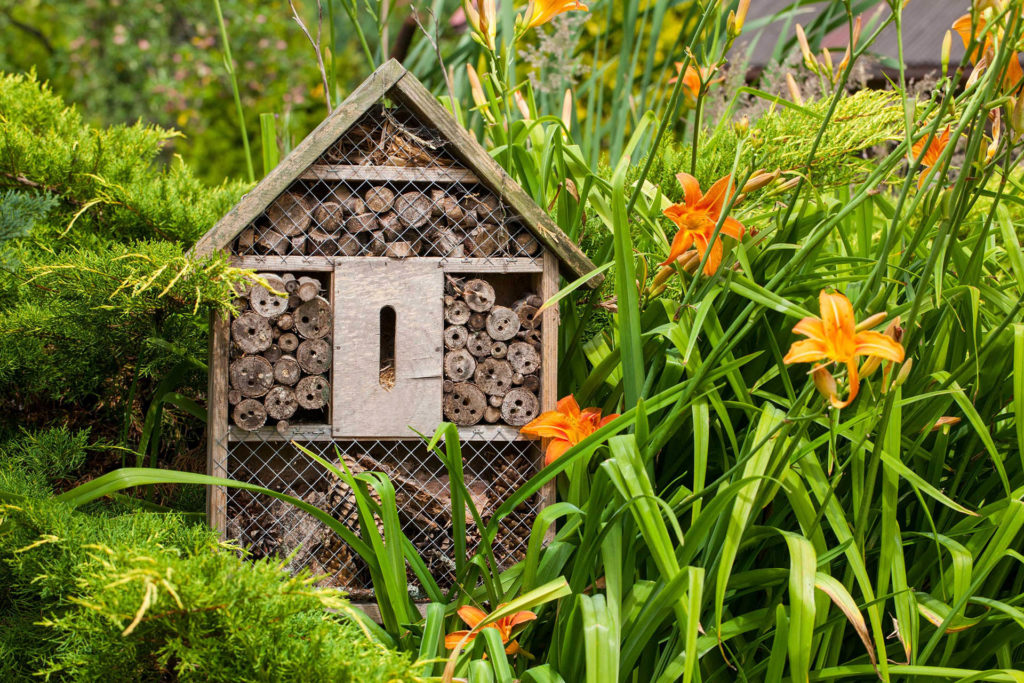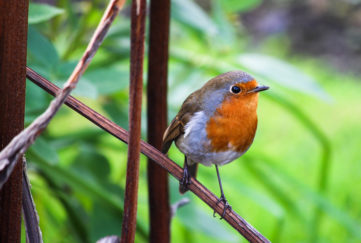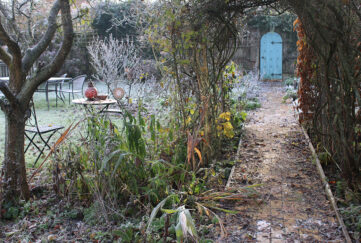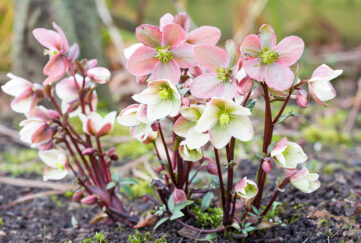5 Best Spring Flowers To Grow For Early Pollinators
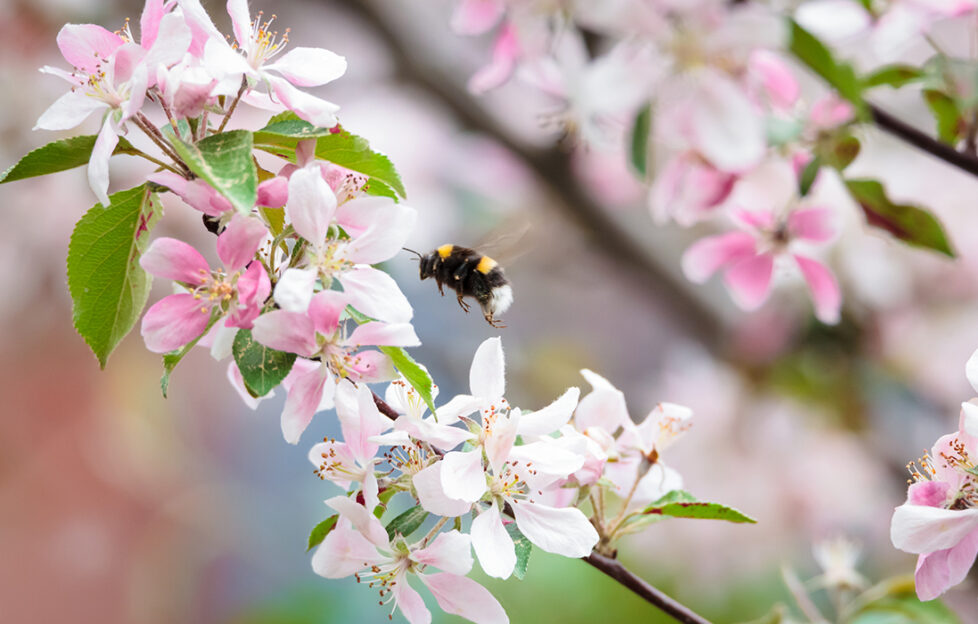
Come spring, you may notice the first creatures coming out of hibernation and looking for food. Unfortunately for these early-risers, food can be in short supply.
Planting some spring-flowering plants can provide vital pollen and nectar to ensure early pollinators can carry on playing their vital role in the ecosystem.
In the last few years, there has been a renewed focus on saving bumblebees. Over a third of bumblebee species have declined by as much as 70%. What’s more, in just the last 80 years, two bumblebee species have become extinct, according to the Bumblebee Conservation Trust.
With bumblebees playing a vital role in pollination, helping to provide food for other creatures, maintaining habits, increasing crop yields and keeping healthy ecosystems running, many gardeners and farmers want to do more to save the bees.
A vital role for gardeners
It isn’t just bees that are seeing their numbers falling; other pollinating species such as moths, butterflies and hoverflies are also in decline. It is becoming so important for gardens and green spaces to do more to help these species and increase the biodiversity around us.
Plant and bulb expert Shannen Godwin from J. Parker’s shares, “As gardeners, there is a lot we can do to help these declining species, such as providing food sources and safe nesting sites for these pollinators.
“Many people think looking after bees is a summer job when the garden is in full bloom. However, the earlier in the year we can support these species, the better.”
As well as being beneficial to bees, butterflies and other pollinators, planting some nectar-rich plants can also enhance your garden, bringing early colour and attracting greater biodiversity to your green space.
To help you find the best plants for early pollinators, Shannen shares the ideal plants for gardens that provide the best sources of pollen and nectar for butterflies, bees and more.
Clematis
An attractive climbing plant, clematis is a fantastic choice for small gardens as it makes the most of available vertical space. It is also great for patios and smaller gardens as clematis can work really well in pots too. Picking a few varieties of clematis means you can enjoy its flowers while also providing food for insects from early spring to late autumn.
As well as providing nectar and pollen, clematis can provide an excellent spot for birds once established.
If you’re looking to add clematis to your garden, make sure you plan its position carefully as they don’t like to be moved. It’s also important to add some structure such as a trellis or wall to help the clematis climb.
Cosmos
Cosmos are bright, pretty flowers that provide gardens with colour for long periods. As well as being a cheerful addition to gardens, Cosmos are fantastic at attracting bees and butterflies. Choosing garden-ready plugs means they are really easy to grow and establish while maintaining a long-lasting food supply for pollinating insects.
Choose a variety of colours to brighten up your garden, whether that’s in borders or pots. Cosmos work best in sunny locations but can also thrive in partially shady locations, making them an incredibly versatile choice for gardens.
Snowdrops
One of the earliest flowering plants of the spring season are delicate snowdrops that can be one of the first food sources for flies and other insects. While usually, the best bee-friendly plants are ones that are brightly coloured, snowdrops are really useful for pollinating insects.
Snowdrops can work really well in shady areas and planted under trees for a charming woodland feel. At J Parker’s, you can purchase snowdrops in a semi-grown state, so they’re ready to be added to your garden for early spring blooms.
Apple trees
The delicate, sweet-scented blossom on an apple tree can be a fantastic form of food for butterflies, bees and hoverflies. What’s more, for the trees to bear fruit, you’ll want bees to frequently visit the spring blossom.
To make establishing apple trees easier, it can help to buy trees that are one or two years old, which means they are hardier and easier to establish in a garden.
From patio trees, dwarf varieties and fully grown trees, there is a range of options to suit smaller and larger gardens.
It is not just apple trees that are great for early pollinators. Other fruit trees with spring blossoms can also be a great source of food for the bees. Cherry, peach and plum trees can all work really well to help pollinators thrive in your garden.
Bluebells
Ideal for cottage gardens, you can bring a woodland feel into your garden with the deep blue hues of bluebells. Bluebells are pretty spring flowering plants and are much-loved by pollinating insects. Like snowdrops, bluebells thrive in shady areas and work well when planted under trees.
Bluebells typically flower in April and May, so buying bluebells in the green, which are pre-grown, can help to ensure that they bloom in spring, ready for the early pollinators.
How to help early pollinators
As well as plants that can help provide food for early pollinators, reducing pesticide use in your gardens and creating bee homes can be fantastic ways to support the local wildlife and help your garden thrive.

